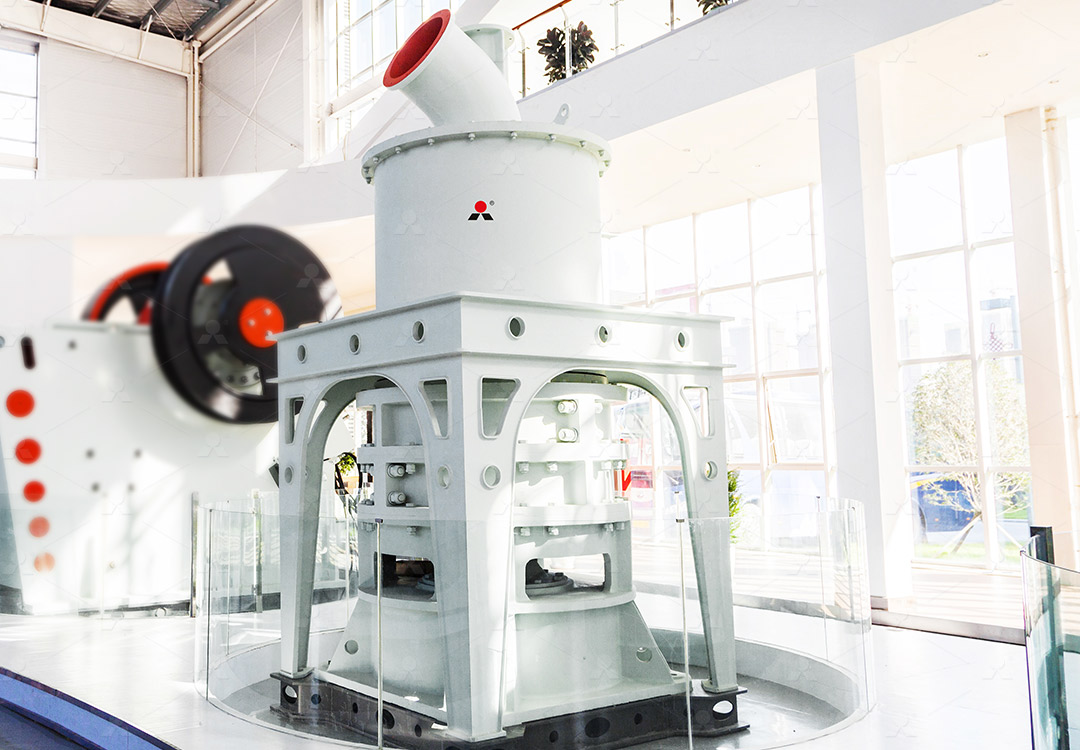Limestone Grinding Mill for Flue Gas Desulfurization in Power Plants
Limestone Grinding Mill for Flue Gas Desulfurization in Power Plants
Flue Gas Desulfurization (FGD) is a critical process for power plants to reduce sulfur dioxide (SO₂) emissions, a major contributor to acid rain. The heart of a wet limestone FGD system is the preparation of high-quality limestone slurry. This requires efficient, reliable, and precise grinding equipment to produce the ultra-fine limestone powder necessary for optimal reaction with SO₂ in the flue gas.
The Critical Role of Grinding in FGD Efficiency
The fineness of the limestone powder directly impacts the desulfurization efficiency. Finer particles have a larger surface area, allowing for a faster and more complete reaction within the absorber tower. Inadequate grinding can lead to poor reagent utilization, scaling issues, and failure to meet stringent environmental emission standards. Therefore, selecting the right grinding mill is not just an operational choice but an environmental imperative.

Recommended Solution: MW Ultrafine Grinding Mill
For power plants seeking a balance between high production capacity, exceptional fineness, and operational economy, our MW Ultrafine Grinding Mill presents an ideal solution. Engineered for customers who need to make ultra-fine powder, this mill is particularly suited for processing limestone for FGD applications.
With an input size of 0-20 mm and a capacity range of 0.5-25 tph, the MW Series offers remarkable flexibility to match various plant sizes. Its cage-type powder selector, incorporating German technology, allows operators to precisely adjust the product fineness between 325-2500 meshes, ensuring the exact particle size distribution needed for maximum SO₂ absorption. The mill’s design eliminates rolling bearings and screws in the grinding chamber, virtually eliminating concerns about bearing failures or loose screws causing unscheduled downtime.

Key Advantages for Power Plant Operations
- Higher Yielding, Lower Energy Consumption: Production capacity is 40% higher than jet mills with the same power input, significantly reducing energy costs per ton of product.
- Eco-Friendly Operation: An integrated efficient pulse dust collector and muffler ensure no dust pollution and low noise levels, keeping the plant compliant with all environmental standards.
- Worry-free Operation: We provide comprehensive technical support and a sufficient supply of original spare parts, guaranteeing long-term, reliable performance for your critical FGD process.
An Alternative for Larger Capacities: LM Vertical Grinding Mill
For power plants with massive limestone grinding requirements, our LM Vertical Grinding Mill is another excellent choice. Integrating crushing, drying, grinding, classifying, and conveying into a single unit, it boasts a massive capacity of up to 340 tph. Its occupational area is 50% smaller than a traditional ball mill system, and it saves 30%-40% in energy consumption. The short grinding time and low iron content of the final product are additional benefits that ensure a consistent and high-quality slurry feed to the FGD system.

Conclusion
Investing in the right grinding technology is paramount for the effectiveness and economy of your power plant’s FGD system. Our MW and LM series grinding mills are designed to deliver the precise fineness, reliability, and efficiency required to meet environmental regulations and optimize operational costs. By ensuring a consistently high-quality limestone reagent, these mills help power plants achieve cleaner combustion and contribute to a more sustainable future.
